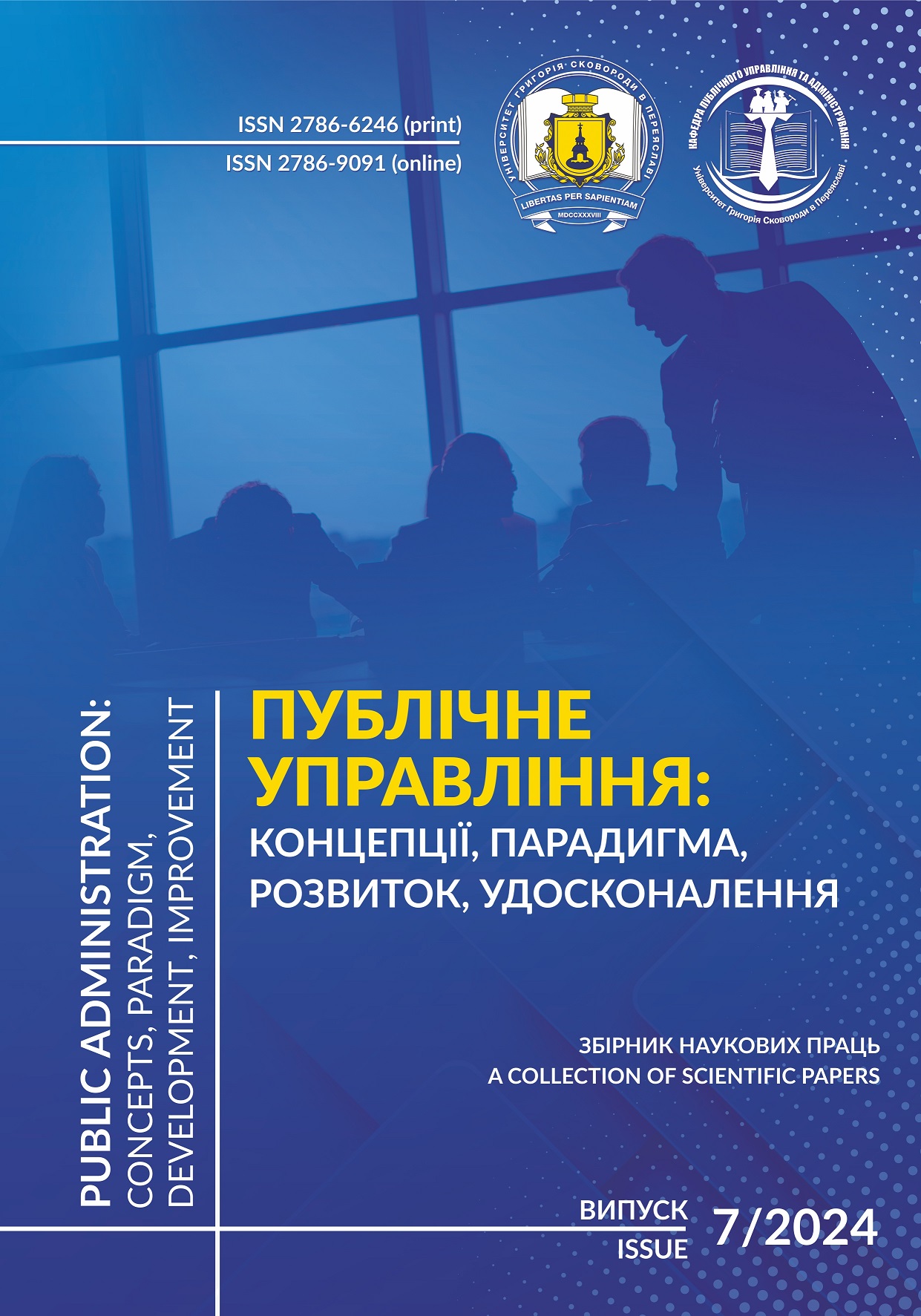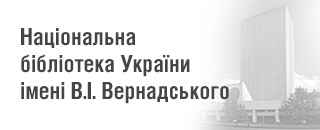ORGANISATION OF EDUCATION IN WARTIME: RECOMMENDATIONS OF INTERNATIONAL ORGANISATIONS AND MANAGERIAL ASPECT
DOI:
https://doi.org/10.31470/2786-6246-2024-7-22-33Keywords:
armed conflicts, international organizations, non-governmental organizations, education in war, educational process, continuity of educationAbstract
The article examines the problems of education in armed conflicts, in particular the management aspect, the organization of training, and the development of measures to protect education during emergencies and hostilities. The main purpose of the study is to consider the recommendations of international and non-governmental organizations on ensuring the educational process during military conflicts. The article analyses the causes of attacks on education and the direct and long-term negative consequences for the education system identified by these organizations. It is concluded that there are various formats for ensuring the continuation of the educational process during military operations that educators can consider depending on the specific situation. Providing learning in other ways involves creating opportunities for students to access learning despite the interruption of the normal learning process. Alternative methods may include changing places of learning, non-formal programs, intensified learning, temporary learning spaces or home schools, and the possible use of distance learning methods.
The need to ensure continuity of education is essential to deter further violence and prevent the crisis from escalating. It is also important to avoid military use of schools by ensuring that they are safe for education. To achieve this, educators should consider a variety of ways that can be used in specific circumstances. Some of these pathways can be included in pre-developed contingency plans or school security plans.
Ensuring the continuity of the educational process involves providing education through other methods that allow students to maintain access to education even during interruptions in the regular education system. Alternative learning methods may include but are not limited to, changes in learning locations, non-formal learning programmes, accelerated classes, temporary learning spaces, and distance learning.
The research presented in this article does not cover all aspects and challenges that arise in the field of education in times of war. Future research should examine the issue of continuity of education at all levels in wartime, including the development and implementation of special training courses for managers, teachers, pedagogical staff, and researchers aimed at ensuring continuity of education in wartime. Also relevant is the problem of assisting victims of military conflicts, in particular children, the development of psychological and pedagogical practices, psychosocial support and methods aimed at helping students.
References
(2022). Ministerstvo osvity i nauky Ukrainy. Osvita pid zahrozoiu [Ministry of Education and Science of Ukraine. Education is under threat]. Retrieved from https://saveschools.in.ua/ [in Ukrainian].
(2022). Ofis Henprokurora Ukrainy. Yuvenalni prokurory: 226 ditei zahynuly v Ukraini cherez zbroinu ahresiiu RF [Office of the Prosecutor General of Ukraine. Juvenile prosecutors: 226 children died in Ukraine due to the armed aggression of the Russian Federation]. Retrieved from https://www.gp.gov.ua/ [in Ukrainian].
Akbulut-Yuksel, M. (2014). Children of war: The long-run effects of large-scale physical destruction and warfare on children. Journal of Human Resources, 49(3), 634–662 [in English].
Akresh, R. and De Walque, D. (2008). Armed conflict and schooling: Evidence from the 1994 Rwandan genocide. The World Bank [in English].
Akresh, R. et al. (2016). Climate change, conflict, and children. Technical report, Households in Conflict Network Working Paper [in English].
Alfano, M. and Görlach, J.-S. (2019). Terrorism, education, and the role of perceptions: Evidence from al-Shabaab attacks in Kenya. Technical report, Households in Conflict Network Working Paper [in English].
Annan, J., Blattman, C., Mazurana, D., and Carlson, K. (2011). Civil war, reintegration, and gender in Northern Uganda. Journal of Conflict Resolution, 55(6), 877–908 [in English].
Blattman, C. and Annan, J. (2010). The consequences of child soldiering. The Review of Rconomics and Statistics, 92(4), 882–898 [in English].
Cano, A. F. and Cervantes-Duarte, L. (2016). Impact of Armed Conflicts on Education and Educational Agents: A Multivocal Review. Revista Electrónica Educare, 20(3), 1–24. https://doi.org/10.15359/ree.20-3.12 [in English].
Cerna, L. (2019). Refugee education: Integration models and practices in OECD countries. OECD Education Working Papers. https://doi.org/10.1787/a3251a00-en [in English].
Chamarbagwala, R. and Mor´an, H. E. (2011). The human capital consequences of civil war: Evidence from Guatemala. Journal of Development Economics, 94(1), 41–61 [in English].
GCPEA (2015). Shcho Ministerstva mozhut zrobyty dlia zakhystu navchalnykh zakladiv vid napadiv ta vykorystannia u viiskovykh tsiliakh. Kompleks dii [What ministries can do to protect educational institutions from attacks and military use. A set of actions.]. protectingeducation.org. Retrieved from http://protectingeducation.org/wp-content/uploads/what_ministries_can_do_ukr.pdf [in Ukrainian].
GCPEA (2016). Shcho mozhut zrobyty shkoly, shchob zakhystyty sebe vid napadiv ta vid vykorystannia u viiskykh tsiliakh. Praktychnyi posibnyk [What schools can do to protect themselves from attack and military use. A practical guide]. protectingeducation.org. Retrieved from http://protectingeducation.org/wp-content/uploads/what_schools_ukr.pdf [in Ukrainian].
GCPEA (2022). Statement by GCPEA Executive Director, Diya Nijhowne, on Attacks on Education in Ukraine. Retrieved from https://protectingeducation.org/news/statement-by-gcpea-executive-director-diya-nijhowne-on-attacks-on-education-in-ukraine/ [in English].
Gerardino, M. P. (2014). The effect of violence on the educational gender gap. Unpublished manuscript [in English].
GTZ (2004). Education and conflict: The role of education in the creation, prevention and resolution of societal crises – Consequences for development cooperation. Retrieved from https://reliefweb.int/report/world/education-and-conflict-role-education-creation-prevention-and-resolution-societal [in English].
Kapor-Stanulovic, N. (1999). Encounter with suffering. American Psychologist, 54(11), 1020–1027. http://dx.doi.org/10.1037/h0088215 [in English].
Kesternich, I., Siflinger, B., Smith, J. P., and Winter, J. K. (2014). The effects of World War II on economic and health outcomes across Europe. Review of Economics and Statistics, 96(1), 103–118 [in English].
Leon, G. (2012). Civil conflict and human capital accumulation the long-term effects of political violence in Per´u. Journal of Human Resources, 47(4), 991–1022 [in English].







